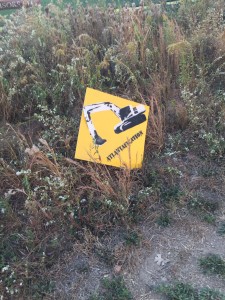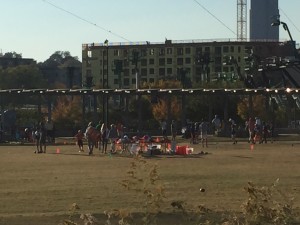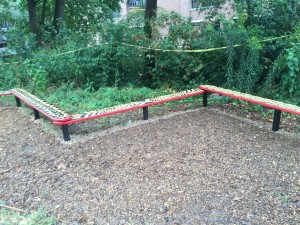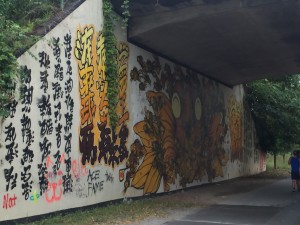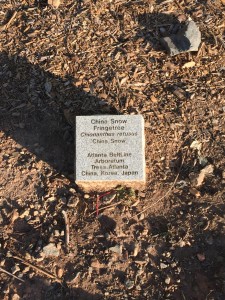
The Beltline line contains yet another a unique exhibit: an arboretum. The Beltline plans to create the longest arboretum in the world at 22 miles. Together, the Beltline and Trees Atlanta plan to restore the ecology surrounding the entirety of the trail. Currently, the Eastside Trail encompasses more than 190,000 individual plans across 43 varieties of wildflower and grass species. The group intends to plant hundreds of trees throughout the upcoming Westside Trail. This feature of the Beltline, beyond the wonderful aesthetic, has opened educational opportunities to learn about ecology, conduct research, and work on restoration projects, while offering a history of Atlanta’s floral history.
Each different species of tree has a marker in front of providing details about (pictured above). As seen in the picture, the marker identifies the tree ( a China Snow) with its common and scientific name, names who “donated” the tree (Atlanta Beltline and Atlanta Trees), and denotes where the tree originates from (China, Japan, Korea).
For more info, go to http://beltline.org/programs/atlanta-beltline-arboretum/
